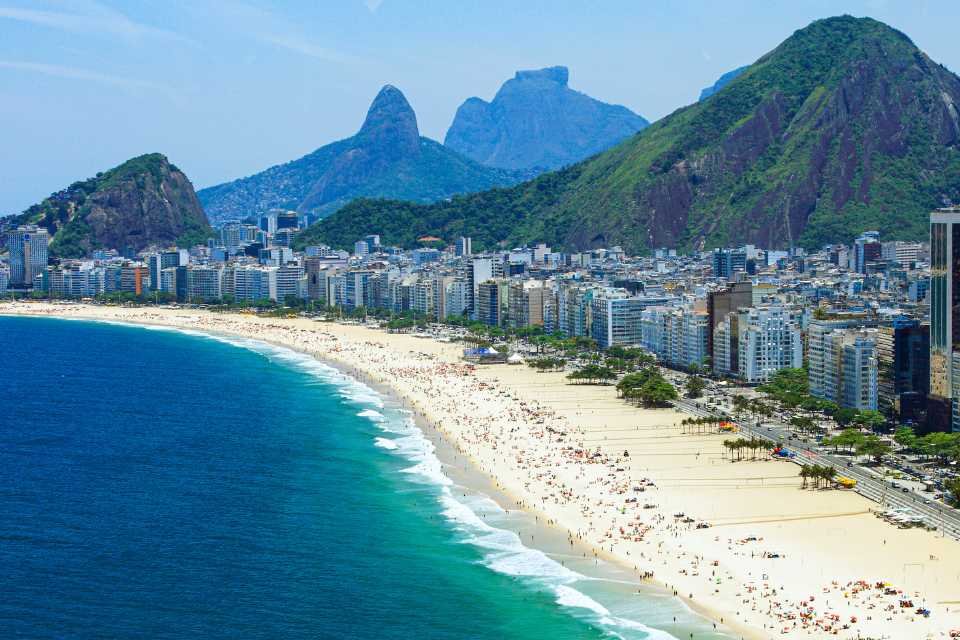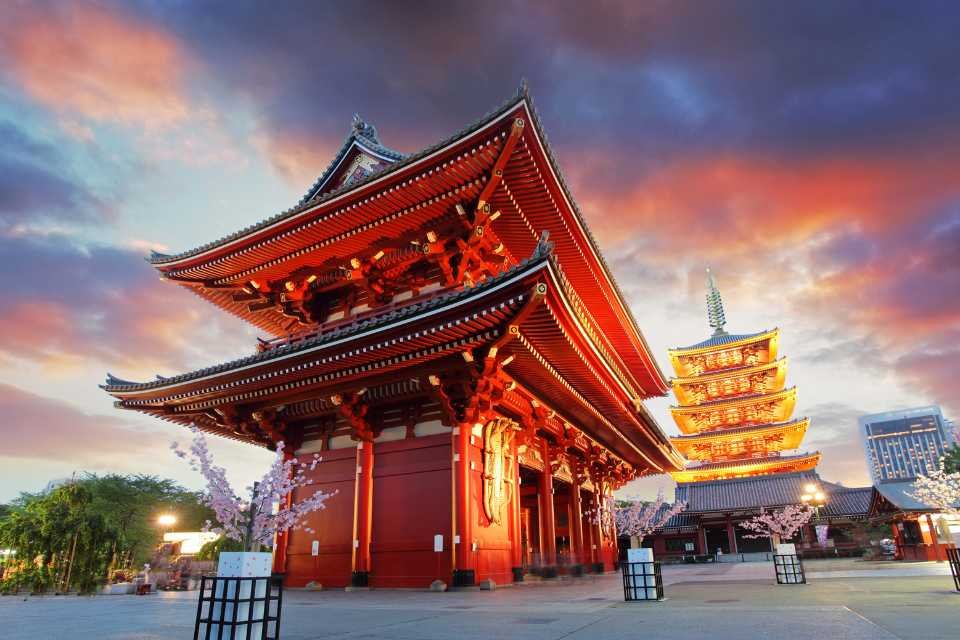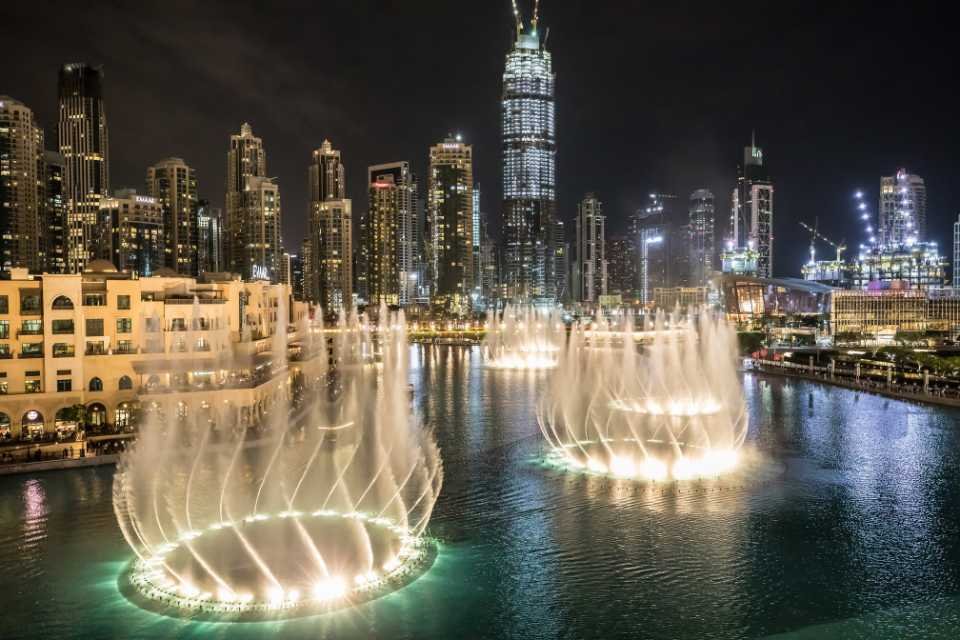Copacabana Beach travel guide
Read up on Rio’s most famous beach to get the most out of your trip
Located on the eastern end of Rio de Janeiro, Copacabana's long, curved beach extends for some 4 kilometres and is a hive of activity, with over-excited football players belting out their team's anthem, tourists and locals alike line up for caipirinhas at kiosks, favela kids demonstrate their soccer skills, and beach vendors shout out their wares among the tanned beach bodies.
Every year, millions of tourists fall in love with the city of Rio because of the gorgeous Copacabana beach. More hotels can be found along the beach here than any other neighbourhood because of the beautiful sandy beaches with appealing waves, as well as an abundance of charming kiosks and cafes to choose from. There are million-dollar penthouses next to modest studio homes in Copacabana's colourful neighbourhood, and everything in between. In terms of population, it's nearly a city in and of itself.
This article may contains links to our affiliate partners.
How to get there
The metro makes it simple to get to Copacabana. This station is situated in a central location, just four blocks from a beach, and is a convenient way to get around town. Expect to pay more for a ride to Copacabana beach because you're asking to be brought there by taxi.
Things to do at Copacabana Beach
Restaurants, nightclubs, and hotels abound in Copacabana, including the world-famous Copacabana Palace, Rio de Janeiro's most opulent hotel. The Joseph Gire-designed hotel has played a significant social and cultural role in the city because of its attractive neoclassical style. Just a handful of the notables who have stayed here include Eva Peron, Nat King Cole, and Queen Elizabeth II. If you can't afford a room, treat yourself to supper at Cipriani or an afternoon tea on the poolside terrace.
Everything from pizzerias and seafood restaurants to Champagne bars can be found in the seaside kiosks, and you don't even have to get out of your swimsuit to eat here. A meal and drinks at a Copacabana beach restaurant are a must-do if you want to truly feel like you're on vacation in Rio de Janeiro.
Bairro Peixoto
In the little square of Bairro Peixoto, you'll find some of the city's most important art-deco structures. These structures, when infused with Brazilian design cues, offer some fascinating architectural locations. Although there are no taller than 4-story buildings in the region, it retains a small-town feel.
Fort of Copacabana
Copacabana and Arpoador intersect at the Forte de Copacabana — a great spot for taking some excellent photos of the beach. If you climb a short distance upward from Arpoador Park, you'll have great views of Ipanema and Leblon beaches. The military demolished the old Copacabana chapel in 1908 and built the Forte in its stead. Defending the city from intruders, cannons were buried in the rock face. Fireworks may be seen from the Forte's coastlines during the New Year's Festival.
Barata Ribeiro 200
People from many walks of life can be found living in the vicinity of this historic building. Cabeca de Porco (Spanish for "pig's head"), a local term for the small apartments where many various types of people live, is found just blocks away from the beach. Apparently, the Barata Ribeiro 200 building became so well-known that they had to change the number from 194 after a popular play was titled after it.
Lido
Art nouveau and neoclassical structures abound in this charming pocket of Rio de Janeiro located between Copacabana Palace and the famed Av. Princess Isabel. Itahy on Av. Copacabana 252 is famed for its mermaid monument, which is worth a visit. There are many prominent strip clubs and pubs in Lido's nightlife, including the famed Pussycat and the Scotch Bar.
Mosaic sidewalks
Burle Marx, a Brazilian landscape architect, developed the Copacabana beach's mosaic sidewalks. Copacabana's black-and-white wave pattern can be found on every block, and the promenade close to the beach itself has become a symbol of the city and of Brazil as a whole.
Stock
Copacabana's gay and cross-dressing quarter, known as the Stock Market, can be found in the area between the hotel and Rua Fernando Mendes.
Leme
The gentler sands of Leme can be found as Copacabana Beach turns northward (Av Princesa Isabel forms the demarcation between the two neighbourhoods). Older Leme inhabitants and kids from the surrounding favelas Babilônia and Chapeu Mangueira can be found in this area.
Fisherman's Corner
Fisherman's Corner, where locals still sell fresh seafood, is tucked away near Copacabana Port on Copacabana Beach's Posto 6 end. Here, just a short distance from one of the world's most populous cities, local fishermen go about their daily business.
New Year's Eve on Copacabana Beach
During New Year's Eve, Copacabana's beach is transformed into the world's largest party venue. Every year, 2 million people travel from all over the world to Rio de Janeiro to attend the city's world-famous New Year’s Eve celebrations. All-night festivities and awe-inspiring pyrotechnics are a must-see. In keeping with tradition, most people wear white on New Year's Eve to ward off evil spirits and bring in the new year.
Is Copacabana Beach safe?
After dark, even though the beach is well-lit, it's still not recommended that people stroll there alone; instead, they should stick to the beach kiosks with the most people if they must venture out. On the weekends, Av NS de Copacabana can be dangerous, as the shops are closed and few locals are around.
Where to stay near Copacabana Beach
Fairmont Rio de Janeiro Copacabana
Enjoy a luxurious stay at the Fairmont Rio de Janeiro Copacabana while in Rio de Janeiro's most sought-after neighbourhood. You won't regret it. Everything you could want is right here, including a relaxing stay at the hotel's Willow Stream SPA and excellent seafood meals at its Marine Restô restaurant, as well as a stunning view of the beach from the hotel's infinity pool.
Hilton Copacabana
At Hilton Copacabana, you'll be able to experience the best of Rio de Janeiro.
Copacabana Beach is just a few steps away from the hotel's two outdoor swimming pools, which overlook the ocean, as well as the hotel's beach service and unique activities for guests.
Sheraton Grand Rio Hotel & Resort
Exclusive and recently remodelled 5-star oceanfront Sheraton Grand Rio Hotel & Resort sits on popular Leblon Beach in the South Zone of Rio de Janeiro. Visitors to our hotel in Rio de Janeiro can enjoy two swimming pools, a tennis court, and a variety of delectable dining options when they stay with us. Gávea Golf Club, a well-equipped gym, and the newly opened Shine Spa are all available to guests.
Santa Teresa Hotel RJ - MGallery
With its location in the heart of the Santa Teresa district, the Santa Teresa Hotel RJ-MGallery is a historic coffee farm dating back to 1850. An urban hideaway, a boutique hotel with just 44 apartments and suites, two conference rooms that can accommodate up to 120 people, space and advice for wedding and social events, a pool lounge area, and spa services are just some of the features of this hotel.
Other things to do near Copacabana Beach
Sugarloaf Mountain (Pao de Açúcar)
From the top of Sugarloaf Mountain (Pao de Açcar), it's clear to understand why Rio de Janeiro is known as the "Marvelous City." At 1,300 feet (396 metres), the peak of Corcovado Mountain offers panoramic views of Rio de Janeiro, including the famed Ipanema and Copacabana beaches, as well as the Tijuca Forest and the Christ the Redeemer (Cristo Redentor) statue atop nearby Corcovado Mountain.
Selarón Steps (Escadaria Selarón)
More than 2,000 vividly coloured tiles in the colours of the Brazilian flag decorate the Selarón Steps, a landmark between the Lapa and Santa Teresa neighbourhoods that divides the two areas.
Ipanema Beach (Praia de Ipanema)
With its calm appeal and cleaner surroundings, Ipanema Beach stands out from its famed neighbour Copacabana Beach—and does so without sacrificing any of the white sandy beaches, azure oceans, or local flavour that are the trademarks of Rio de Janeiro's beaches.
Tijuca National Park (Parque Nacional da Tijuca)
When Rio de Janeiro was first settled in the 18th century, it was bordered by an Atlantic rain forest. There is presently only the Tijuca National Park, which covers an area of 13 square miles (33 square kilometres) (Parque Nacional da Tijuca). The world's largest urban forest is home to ocelots, howler monkeys, more than 300 bird species, waterfalls, and one of Rio de Janeiro's most recognisable sights, the Christ the Redeemer (Cristo Redentor) statue atop Corcovado Mountain.
Christ the Redeemer Statue (Cristo Redentor)
The Christ the Redeemer Statue (Cristo Redentor) stands 2,300 feet (700 metres) above the city of Rio de Janeiro, keeping watch over its citizens. Brazil's most recognisable landmark is the Christ the Redeemer statue, built in 1931 and awarded a New Seven Wonder in 2007.













